Mneme
In All, Interaction Design
An end-of-life activity that encourages people to explore their time spent together
Mneme
In All, Interaction Design
An end-of-life activity that encourages people to explore their time spent together
The Challenge
In a hurry? Skip to the end result.
MENTOR
Riina Raudne, PhD
supervisors
Tanel Kärp,
Nesli Hazal Akbulut
This concept was created as a thesis project, through which the topic of helping people through the grieving process was explored.
Through research, the topic was narrowed down to communication within the family and grief after death from a terminal illness. More specifically, the focus shifted to the communication between the family and the patient at the end of life, and ways to use the remaining time in a way that could ease the grieving process were explored.
The Challenge
mentor
Riina Raudne, PhD
super-visors
Tanel Kärp,Nesli Hazal Akbulut
This concept was created as a thesis project, through which the topic of helping people through the grieving process was explored.
Through research, the topic was narrowed down to communication within the family and grief after death from a terminal illness. More specifically, the focus shifted to the communication between the family and the patient at the end of life, and ways to use the remaining time in a way that could ease the grieving process were explored.
In a hurry? Skip to the end result.
The Process
My design approach, based on the Double Diamond framework, involved two rounds of the discover and define stages due to the broad initial topic. This resulted in an expanded version of the framework.
Expanded double diamond
I started with desk research to grasp the basics of grief and reviewed existing design solutions. Then, I conducted four interviews with experts to narrow down my topic.
The main insights from the interviews are:
- The key to coping with grief is to express everything one feels
- People tend to avoid expressing their feelings to their family or loved ones
- It helps people to know that what they feel is normal
- There is an opportunity to help people prepare for what comes next (in the case of a terminal illness)
The expert interviews helped narrow down the focus to communication within families or with loved ones, specifically in cases of deaths after long illnesses.
From the narrowed topic, I defined my target audience and conducted five interviews with the bereaved. This was followed by a questionnaire to validate insights and gather diverse perspectives.
The main insights from the user research are:
- There is no “one solution to suit them all”
- (Lack of) Closure: Saying goodbye brought closure and helped grieving, while lack of closure made grieving harder.
- It’s all about who you talk with: Having supportive listeners mattered; when people couldn’t relate, interviewees felt disconnected and hurt.
- Keeping the memory alive
The qualitative research revealed a deeper understanding of grief evolution over time, people’s experiences, pains, and gains. It also identified opportunities and moments for intervention.
The gathered information aided in developing the point of view, defining design principles, and formulating the How Might We question.
Design principles
After researching existing solutions, multiple rounds of brainstorming, and gathering feedback from experts and my target audience on potential ideas, I iteratively refined my concept. This process, guided by feedback, design principles, and earlier research insights, helped me develop my final solution.
Test capture matrix
The Process
My design approach, based on the Double Diamond framework, involved two rounds of the discover and define stages due to the broad initial topic. This resulted in an expanded version of the framework.
Expanded double diamond
I started with desk research to grasp the basics of grief and reviewed existing design solutions. Then, I conducted four interviews with experts to narrow down my topic.
The main insights from the interviews are:
- The key to coping with grief is to express everything one feels
- People tend to avoid expressing their feelings to their family or loved ones
- It helps people to know that what they feel is normal
- There is an opportunity to help people prepare for what comes next (in the case of a terminal illness)
The expert interviews helped narrow down the focus to communication within families or with loved ones, specifically in cases of deaths after long illnesses.
From the narrowed topic, I defined my target audience and conducted five interviews with the bereaved. This was followed by a questionnaire to validate insights and gather diverse perspectives.
The main insights from the user research are:
- There is no “one solution to suit them all”
- (Lack of) Closure: Saying goodbye brought closure and helped grieving, while lack of closure made grieving harder.
- It’s all about who you talk with: Having supportive listeners mattered; when people couldn’t relate, interviewees felt disconnected and hurt.
- Keeping the memory alive
The qualitative research revealed a deeper understanding of grief evolution over time, people’s experiences, pains, and gains. It also identified opportunities and moments for intervention.
The gathered information aided in developing the point of view, defining design principles, and formulating the How Might We question.
Design principles
After researching existing solutions, multiple rounds of brainstorming, and gathering feedback from experts and my target audience on potential ideas, I iteratively refined my concept. This process, guided by feedback, design principles, and earlier research insights, helped me develop my final solution.
Expanded double diamond
Our concept proposes a solution to help people in remote areas manage medical emergencies, access health information, and monitor their well-being
The Solution
My solution, MNEME, is an end of life activity consisting of a set of illustrated cards that help reflect on life and memories through associations, and of a memory book to create a physical representation of the memories.
It provides a starting point and structure for talking about memories, while co-creating tangible, visual representations that can be kept as keepsakes after the loved one’s death. It encourages people to explore their time spent together in a way that could bring a sense of peace and closure to the grieving process.
Mneme creates the time and space for people to express their love, gratitude, or anything else they need by talking about their life together and recreating it in a tangible way.
The entire activity is designed to be flexible and provide participants with a variety of options, while still providing structure and guidance.
The association cards provide a starting point, as it is sometimes difficult to find the time, start these conversations or even be aware that these conversations should be held.
The card deck includes four introductory cards (explaining the game and its purpose, and giving a brief overview of how to use the cards and memory book), four game rule cards, two safety cards, and illustrated cards which are used to inspire discussion.
The illustrations were inspired by memories shared during research. The game was developed with input from expert Nordic LARP game designers, focusing on emotional safety, clarity, and convinience.
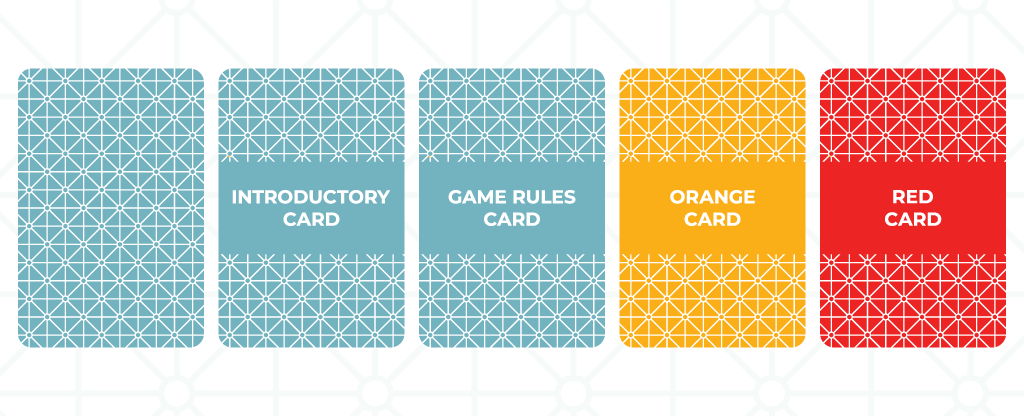

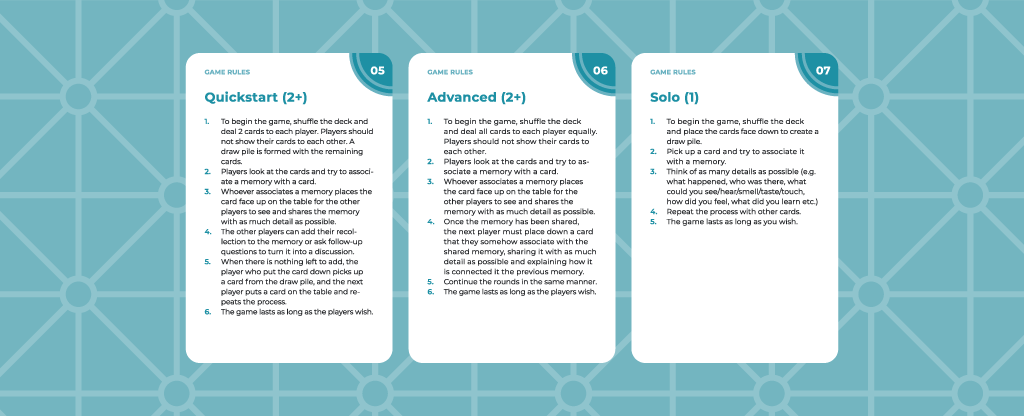
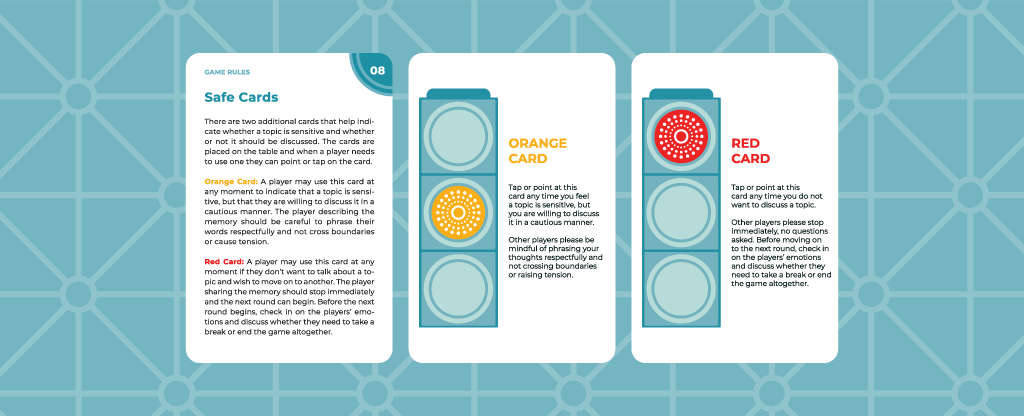
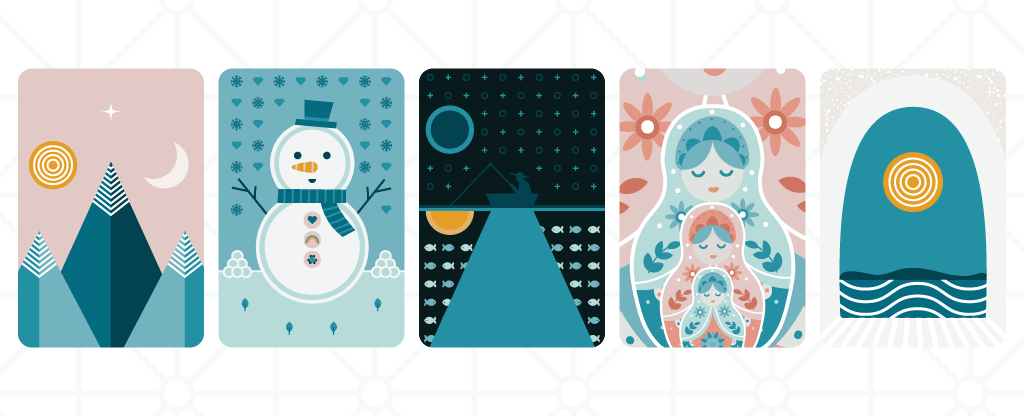
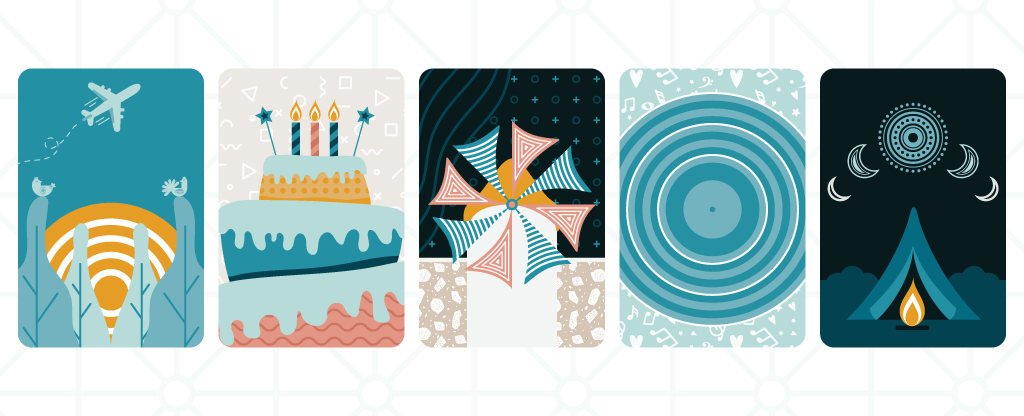



The memory book acts as an “aftercare” by helping participants frame their experience and organise their thoughts while creating something tangible that can be kept as a keepsafe.
The purpose of the memory book is to co-create a visual representation of life and time spent together with your loved one. Through this activity, the patient and family create new memories while reminiscing about existing ones, and they create a tangible artifact of the person’s life.
The association game can be used as a starting point to decide what to include in the book. After the game, participants can choose their favourite memories that they have shared and add them to the book.


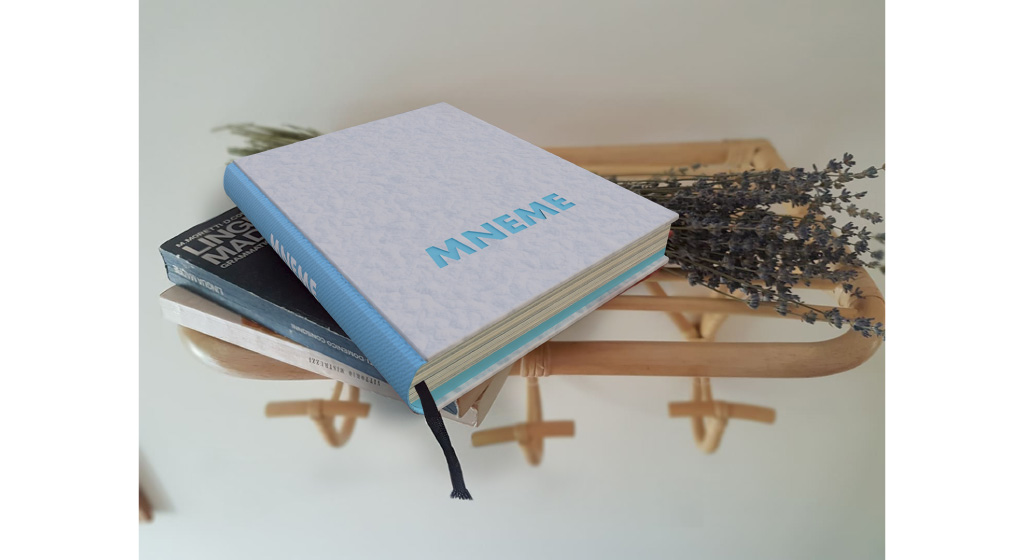



The Solution
My solution, MNEME, is an end of life activity consisting of a set of illustrated cards that help reflect on life and memories through associations, and of a memory book to create a physical representation of the memories.
It provides a starting point and structure for talking about memories, while co-creating tangible, visual representations that can be kept as keepsakes after the loved one’s death. It encourages people to explore their time spent together in a way that could bring a sense of peace and closure to the grieving process.
Mneme creates the time and space for people to express their love, gratitude, or anything else they need by talking about their life together and recreating it in a tangible way.









The entire activity is designed to be flexible and provide participants with a variety of options, while still providing structure and guidance.
The association cards provide a starting point, as it is sometimes difficult to find the time, start these conversations or even be aware that these conversations should be held.
The card deck includes four introductory cards (explaining the game and its purpose, and giving a brief overview of how to use the cards and memory book), four game rule cards, two safety cards, and illustrated cards which are used to inspire discussion.
The illustrations were inspired by memories shared during research. The game was developed with input from expert Nordic LARP game designers, focusing on emotional safety, clarity, and convinience.






The memory book acts as an “aftercare” by helping participants frame their experience and organise their thoughts while creating something tangible that can be kept as a keepsafe.
The purpose of the memory book is to co-create a visual representation of life and time spent together with your loved one. Through this activity, the patient and family create new memories while reminiscing about existing ones, and they create a tangible artifact of the person’s life.
The association game can be used as a starting point to decide what to include in the book. After the game, participants can choose their favourite memories that they have shared and add them to the book.